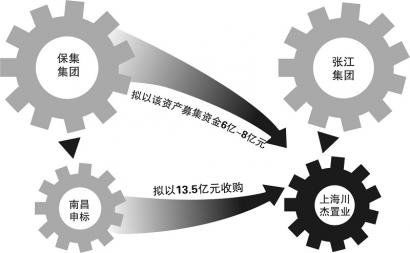Title: Assessing the Risks Associated with REIT Investments
Introduction:
Real Estate Investment Trusts (REITs) are investment vehicles that allow individuals to invest in real estate without needing to buy, manage, or finance properties directly. While REITs can offer attractive returns, it is essential to understand the risks associated with these investments before committing capital.
Understanding the Risks:
1. Market Risk:
REITs are influenced by market conditions and macroeconomic factors that can affect real estate values. Economic downturns, rising interest rates, or changes in governmental regulations can impact the performance of REITs. It is crucial to assess the overall market conditions and the potential impacts on specific properties or portfolios.
2. PropertySpecific Risks:
Different types of properties (such as residential, commercial, or industrial) have unique risk profiles. For example, residential properties may be subject to fluctuations in rental demand, while commercial properties may be affected by changes in the economic environment or tenant vacancies. Assessing the specific risks associated with a REIT's underlying properties is crucial for understanding its risk profile.
3. Debt and Financing Risks:
Many REITs use debt financing to acquire or develop properties, which can expose them to interest rate risks and refinancing risks. High levels of debt or an inability to access credit during challenging economic conditions may negatively impact a REIT's ability to service its debt obligations or complete planned projects.
4. Management Risk:
The expertise and effectiveness of a REIT's management team play a crucial role in its success. Poor management decisions, including property selection, leasing strategies, and capital allocation, can impact the overall performance and value of the REIT.
5. Liquidity Risk:
REITs are listed on stock exchanges, providing investors with the ability to buy and sell shares. However, the liquidity of individual REITs can vary, and investors may face challenges selling their shares during times of market stress or illiquidity.
Mitigating Risks:
1. Diversification:
Investors can mitigate risks by diversifying their REIT exposure across different types of properties and geographic locations. This approach can help offset any underperformance of specific properties or sectors.
2. Research and Due Diligence:
Thoroughly researching a REIT's track record, management team, property portfolio, and financials is crucial. Consider engaging financial advisors or experts with experience in real estate investing to gain a deeper understanding of the risks associated with a particular REIT.
3. LongTerm Investment Perspective:
REITs are often better suited to longterm investors who can withstand shortterm fluctuations in the market. Taking a longterm perspective allows investors to ride out periods of volatility and potentially benefit from property appreciation and consistent income streams.
4. Monitor Economic and Market Conditions:
Regularly monitoring economic and market conditions is essential for staying informed about any potential risks and adapting investment strategies accordingly. Stay up to date with changes in the interest rate environment, regulatory updates, and economic indicators that may impact the real estate market.
Conclusion:

Investing in REITs can be a viable option for individuals seeking exposure to the real estate market without direct ownership. While there are risks associated with REIT investments, proper risk assessment, diversification, thorough research, and a longterm investment perspective can help investors mitigate potential downsides and enhance the likelihood of success. As with any investment, consulting with financial professionals is recommended to align investment decisions with individual risk tolerance and financial goals.